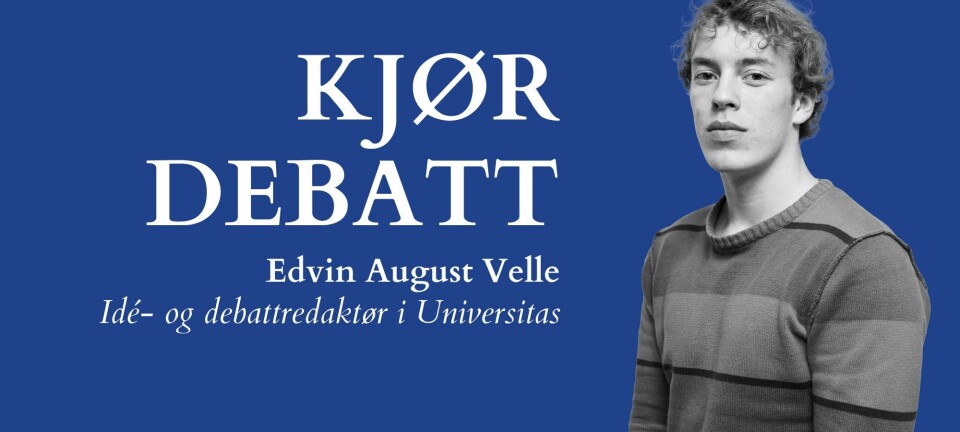
Few men seek help
72 percent of students who are diagnosed as mentally ill are women.


2276 women and 890 men were diagnosed with a «mental illness» by the Foundation for Student Life in Oslo’s (SiO) health services in 2008.
Of the most common diagnosis among students, mental illnesses have the highest representation of women.
For instance, only 61 percent of those with muscular- and skeletal conditions or respiratory conditions were women.
– Women often have a different vocabulary when it comes to emotional problems, and therefore it may be easier for them to identify psychological problems than it is for men, states president of the Norwegian Psychological Association, Tor Levin Hofgaard. He does not believe that young women have a poorer starting point than young men when it comes to mental health.
– The diagnosis you receive is largely dependent upon what the patients themselves talk about when they visit their doctor. If you yourself do not identify a problem as psychological, then it is difficult for the doctor to give a diagnosis relating to mental health. This in turn leads to many people being given a physical diagnosis instead, Hofgaard states.
A taboo for men
Although fewer men in general visit the Student Health Services, the imbalance between the sexes is especially marked at the section for clinical psychiatry and psychology. Here only one quarter of patients are men. Leader of the Student Health Services, Marit Eskeland, believes that there are several reasons for the gender imbalances.
– The fact that it takes a lot more for men to seek out health services is a predicament that we are familiar with from society in general, Eskeland says
– Is the Student Health Services doing a good enough job of diagnosing psychological problems among the men who do in fact turn up?
– That is an interesting question. I think so, as I believe that the problem first and foremost is barriers and norms relating to gender in society, says Eskeland, who can reveal that no measures directed specifically towards men are in the pipeline:
– So far our focus has been being more visible and having accessible services that people can seek out without a reference, but we are willing to have a discussion about this with students and their representatives.
Head psychologist at the Student Health Services, Rigmor Mogård, also believes that the statistics reflect a phenomenon in male culture.
– Mental illness still seems to be a taboo among young men. The lack of social acceptance leads to many men hiding their problems, and it takes a lot for them to seek help from mental health services.
Leader of the Welfare Council, Jenny Nygård, thinks that it is positive that girls seek help for their problems, but is worried by the fact that so few male students seek psychological help.
– There are probably large numbers of men struggling with mental illness who are still undiagnosed. For many, taking the trip to the psychologist’s office is a struggle, and we have to work to make the Student Health Services an accessible offer for everyone, she says.
Waiting too long
Even though men are avoiding making appointments with the SiO psychologists, but male students are more likely than female students to book emergency appointments.
– The numbers suggest that many male students wait too long to seek help for mental issues, Mogård says. She believes that traditional conversation therapy does not appeal to men as much as women.
Hofgaard believes that making special adaptations for men may improve the situation.
– Experience shows that accessible offers directed towards men have given positive results, Hofgaard says.
As an example, he mentions an English project, in which psychologists offered their services at a football stadium.
– It is important to reach out to people wherever they are. We also notice that it is easier for people to get in touch with us when we refrain from using words like «illness» and «affliction», words that scare many men away.
































